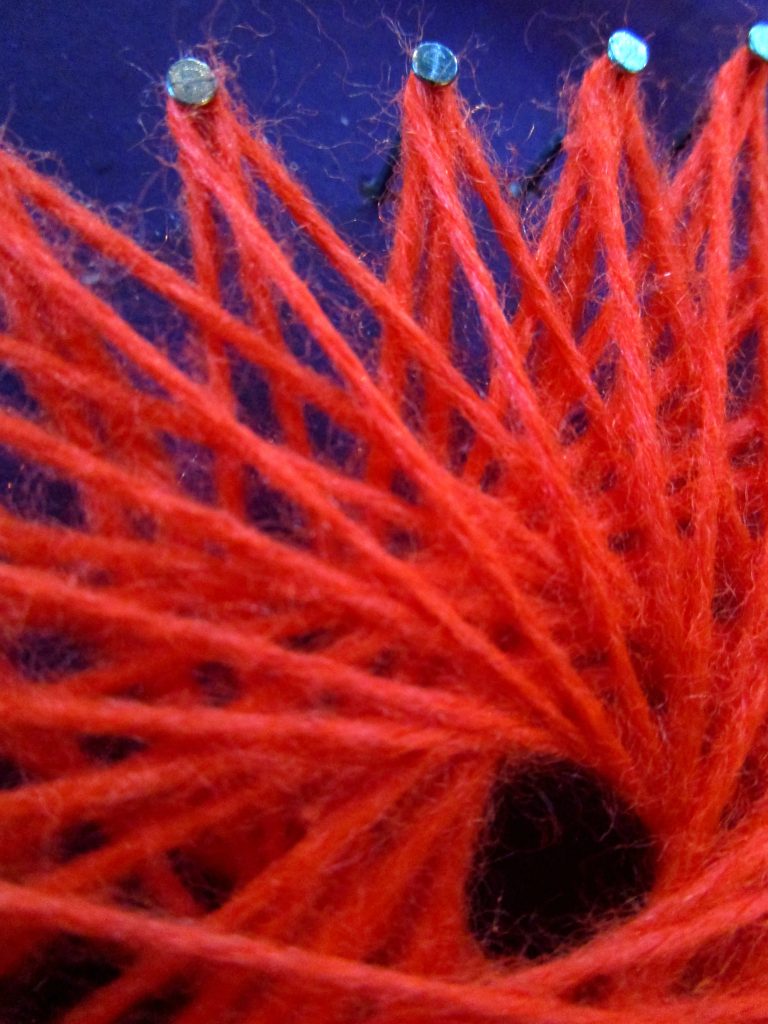

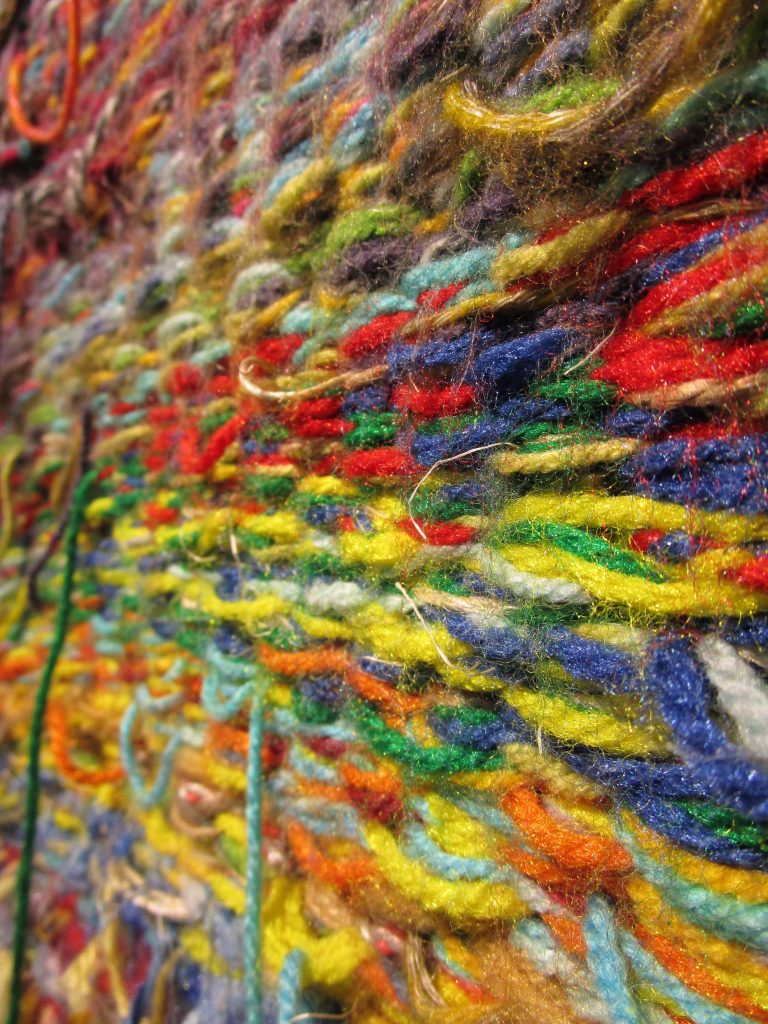

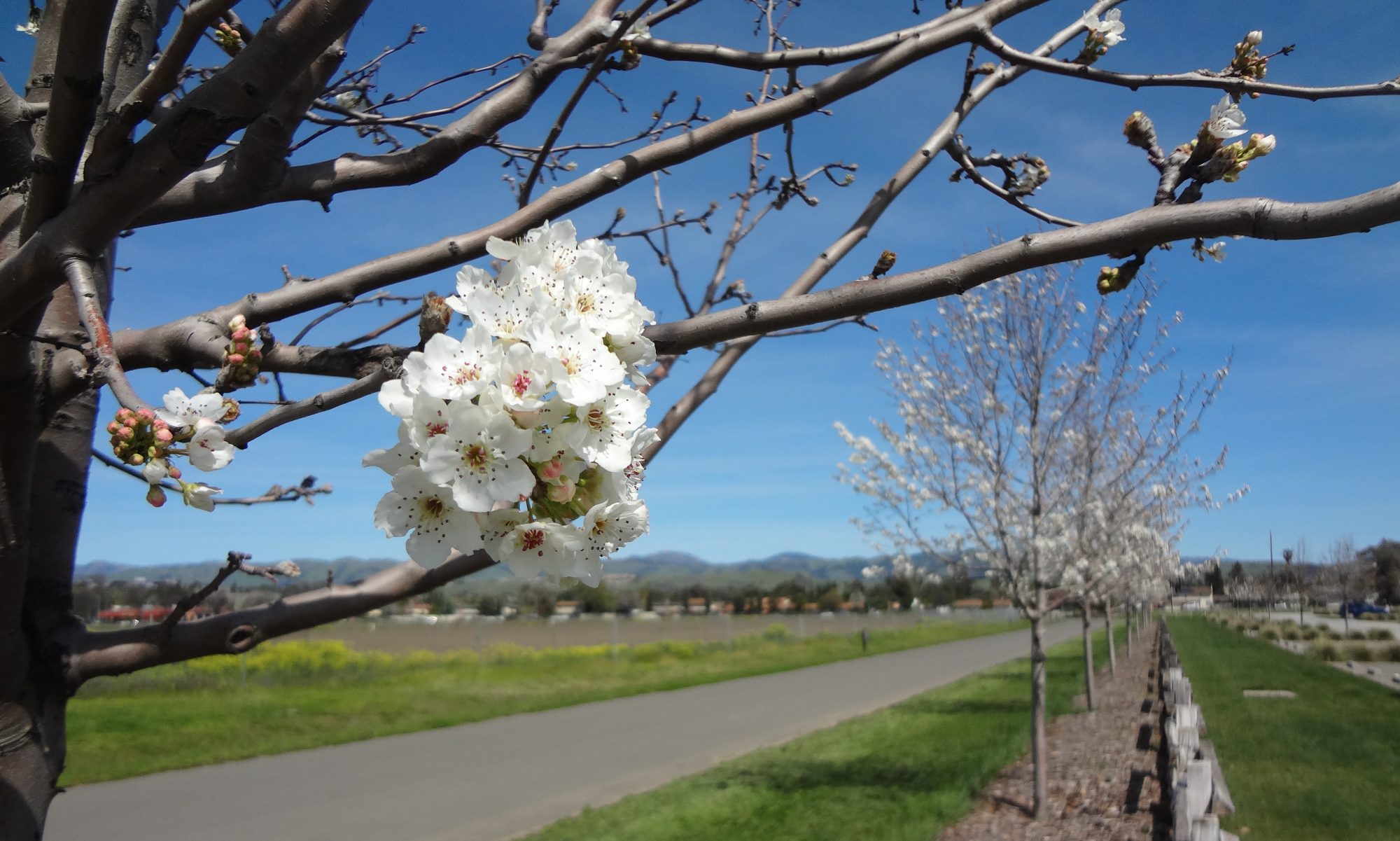
Traveling around in #SanJose and #NearbyToSanJose at 825 mph on our spinning planet.




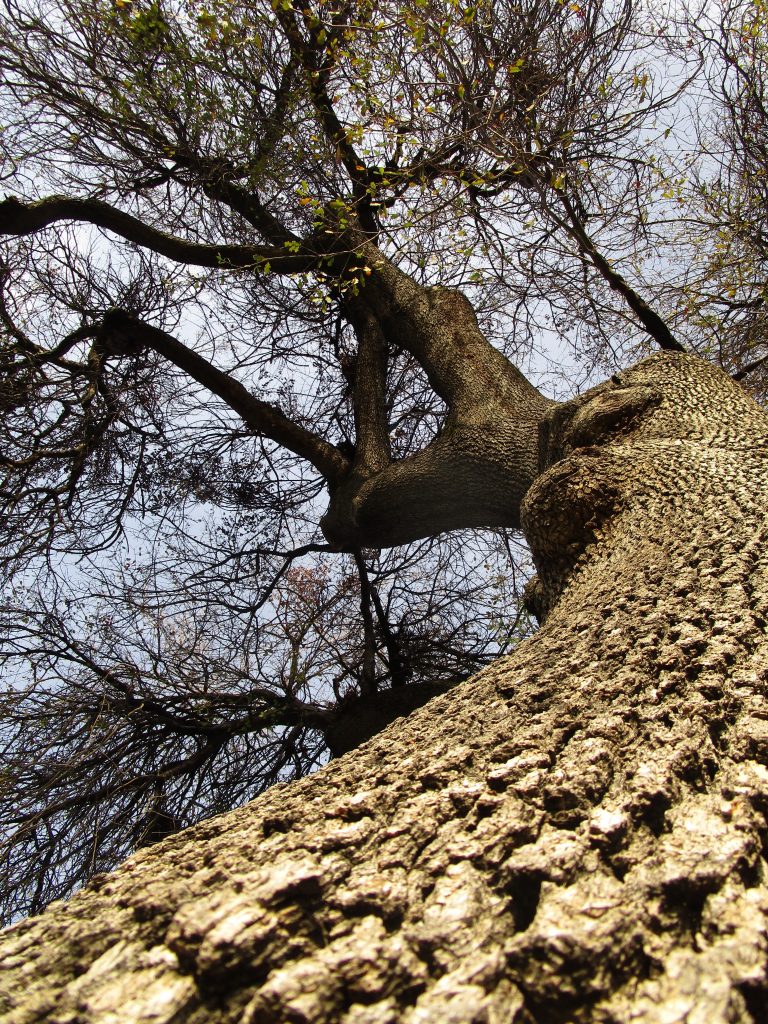
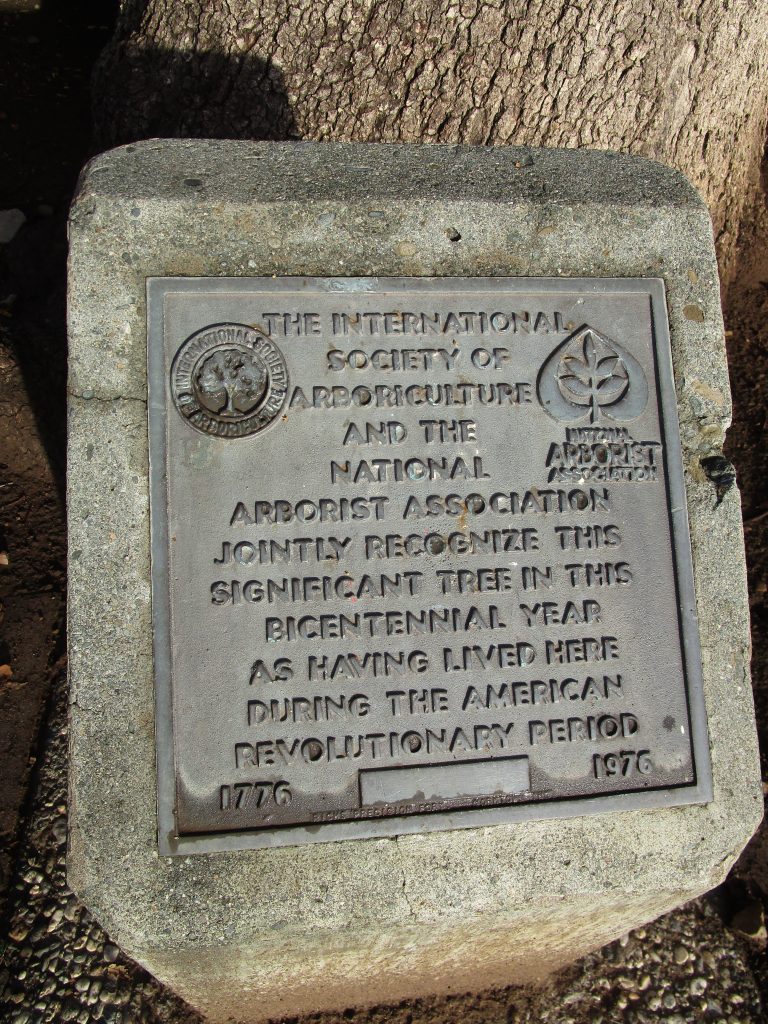
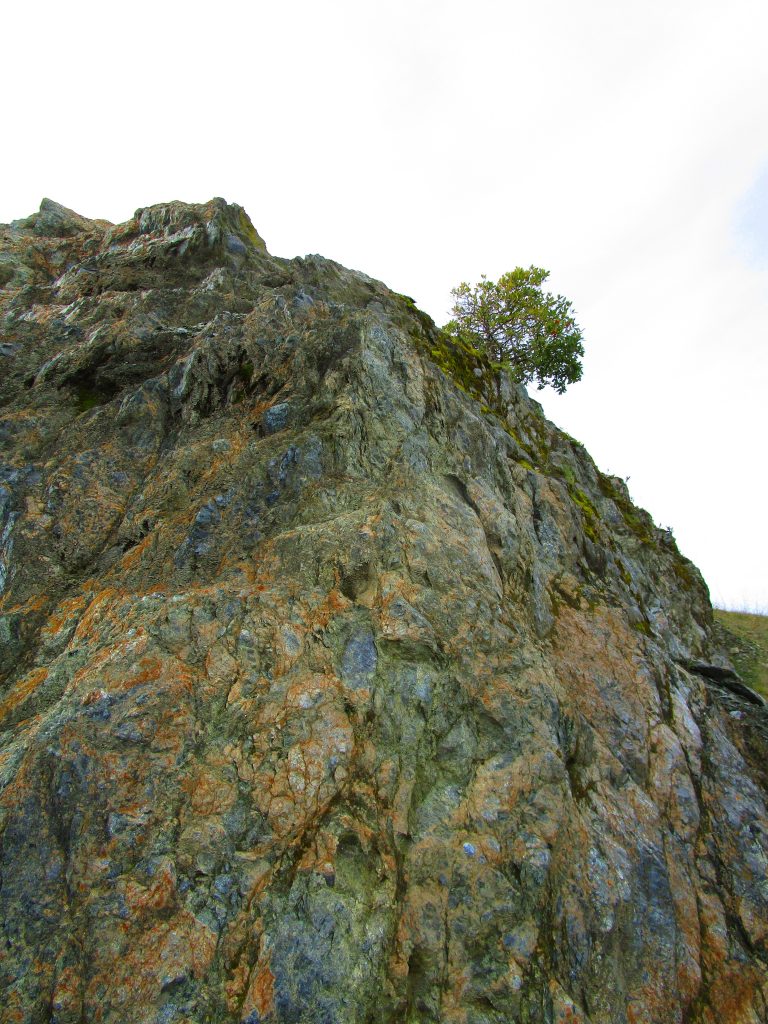
What happens when you start with mantle rock, that bendable hot semi-fluid-like rock that is miles below the surface and that the Earth’s crust floats on top of, and get it to come up a bit after mixing with ocean water and the heat induced chemical reactions that follow? You get a beautiful rock called serpentine that is usually miles deep but now makes up significant portions of the US west coast having been scraped off the ocean plates that sank below the US west coast in the last 200 million years.
A few interesting facts about this rock. It is awesome that it is the Earth’s mantle come up to the surface where we can touch it! It is the state rock of California. It can be mined for talc or asbestos. Did I mention it comes from miles below the surface? It is pretty. It is found where rocks from deep in, and below, the ocean have come to the surface through strong geologic events. The chemicals of the rock make it toxic to most plants and trees. Many California native plants have adapted to survive amongst the rock. You can see, for example, the Toyon bush (also known as California holly or Christmas berry) growing on the serpentine in the top photo.
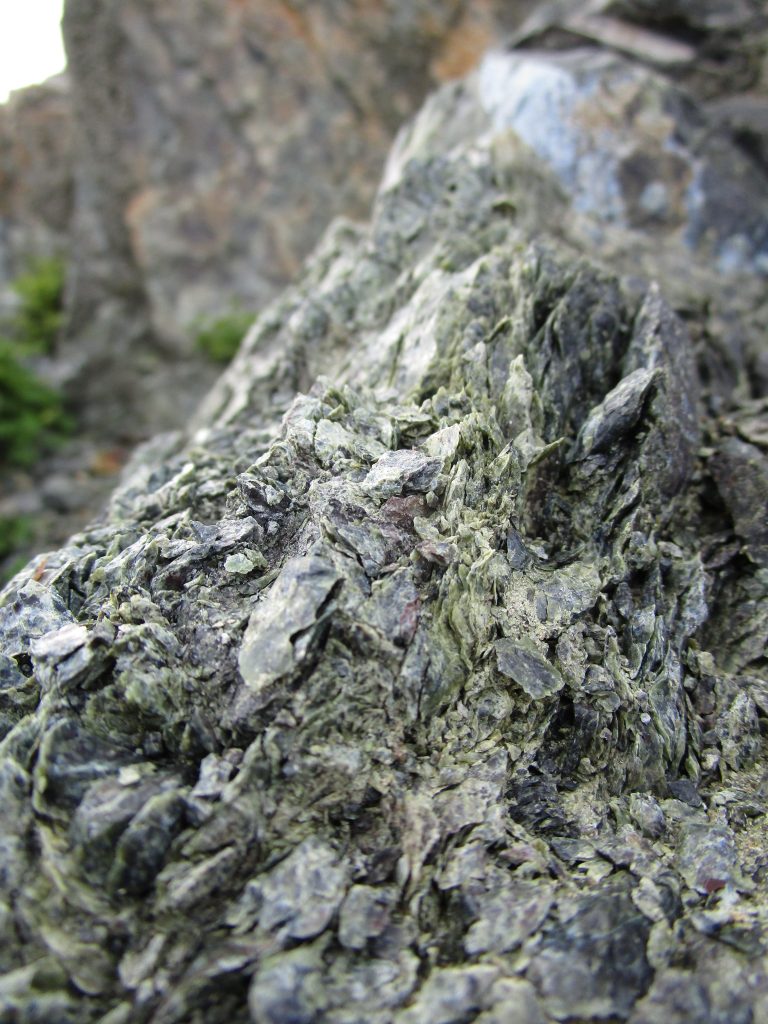
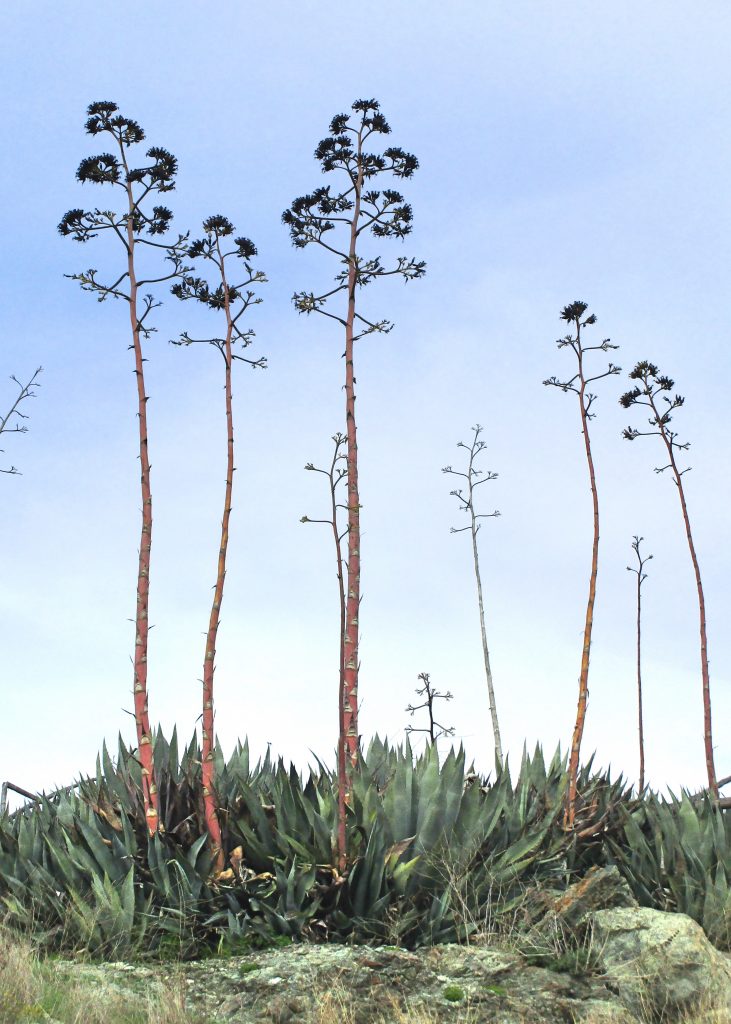
Knowing that most trees and plants can not grow on serpentine rock, a previous owner of this land, now a part of the Don Edwards Wildlife Refuge, planted agave plants to add some garden interest where he hoped to build a house. While the agave was not growing naturally in this particular area, it is one of the native plants that had adapted to grow among serpentine rocks in California. Today, in this national refuge, the planted agave continues to grow.

The Ohlone people were the Native Americans here before the colonizers. They consisted of approximately 40 groups of people, each with their own territory and chief, speaking approximately 12 different languages. They did not refer to themselves as one group or as the Ohlone. That name was given to them later to describe this group of tribes that had similar cultural and linguistic roots inhabiting the land encircling the San Francisco Bay, south through San José, and continuing to Point Sur, south of Monterey.
There were approximately 10,000 Ohlone people when the Spaniards arrived. The Ohlone group in what is now San Jose were the Thamien (sometimes known as Tamien or Tamyen).
Source: The Ohlone Way, book by Malcom Margolin, 1978, pages 1 to 3.
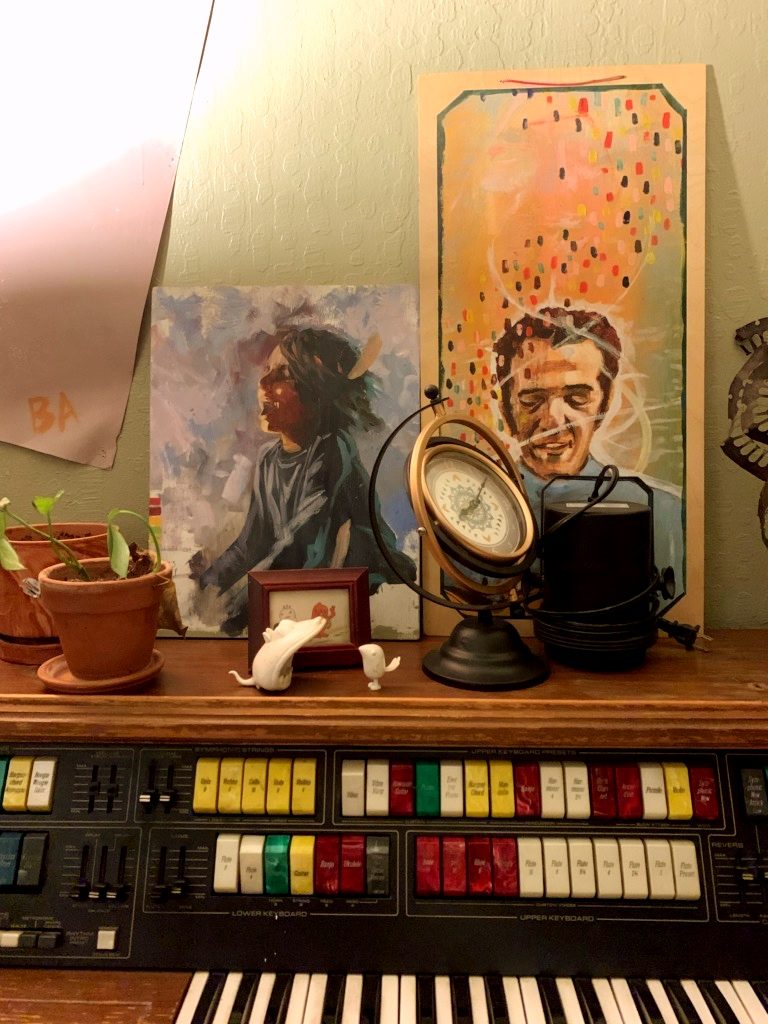
I love this photo and the happy memories that go with it. This photo taken while listening to an open mic night downtown in the home of a renowned San Jose poet.
Also, happy one year anniversary to this blog! One year sharing our attempts to capture the beauty of San Jose and the surrounding area. One year of 825mph.com.
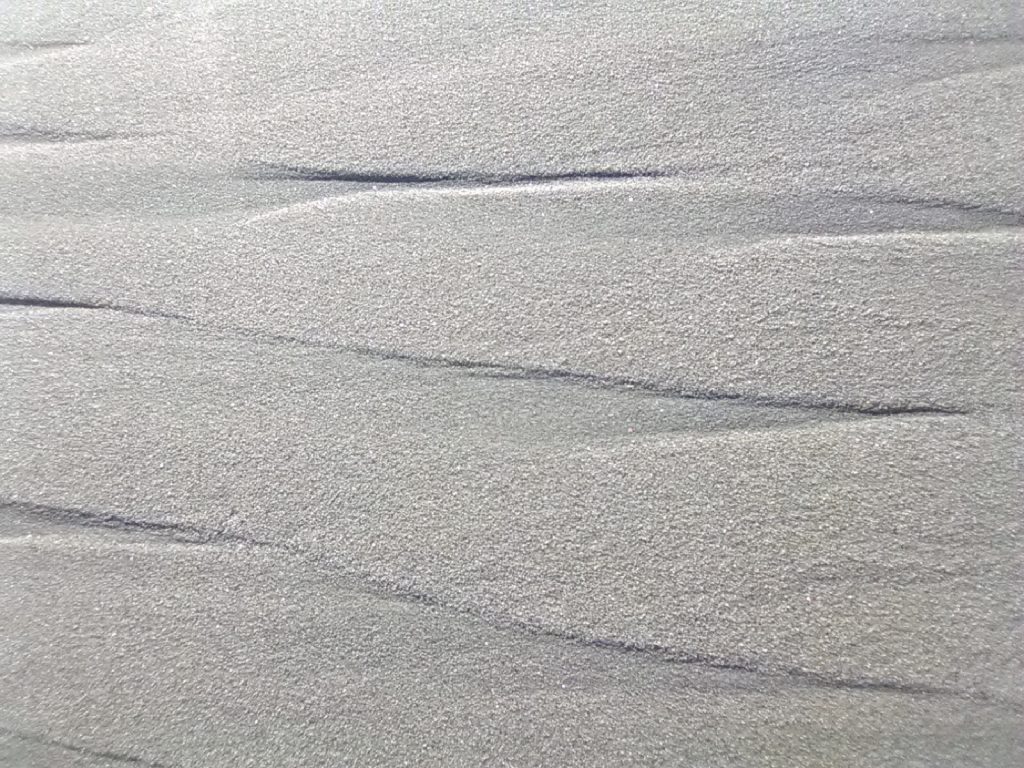
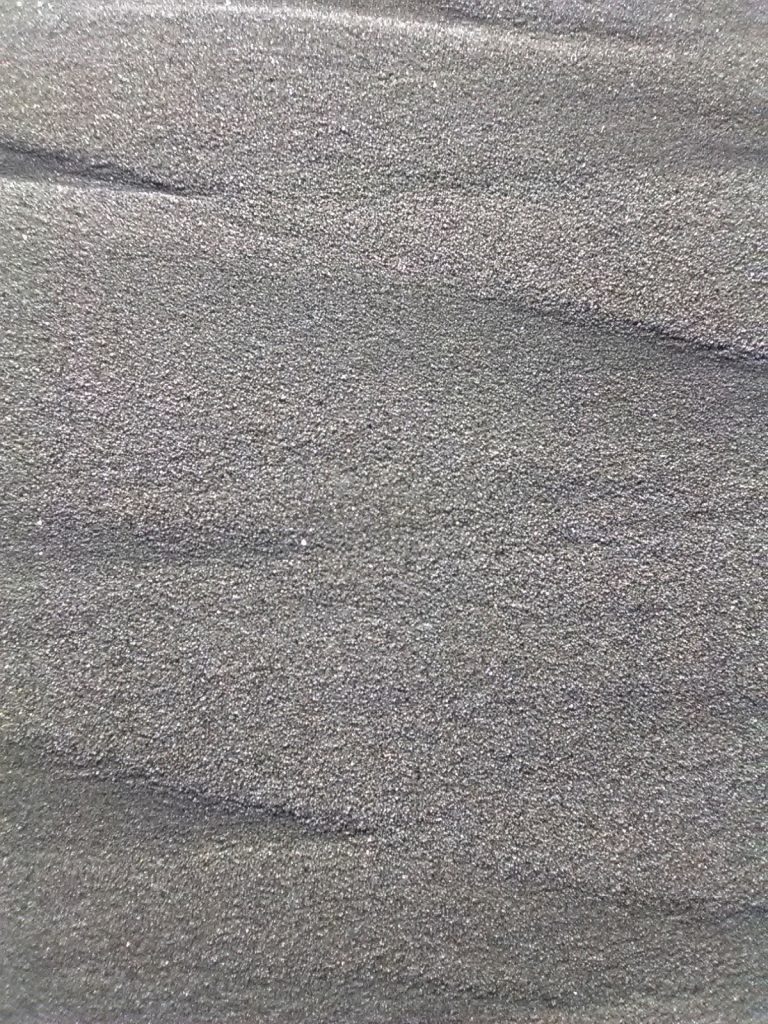
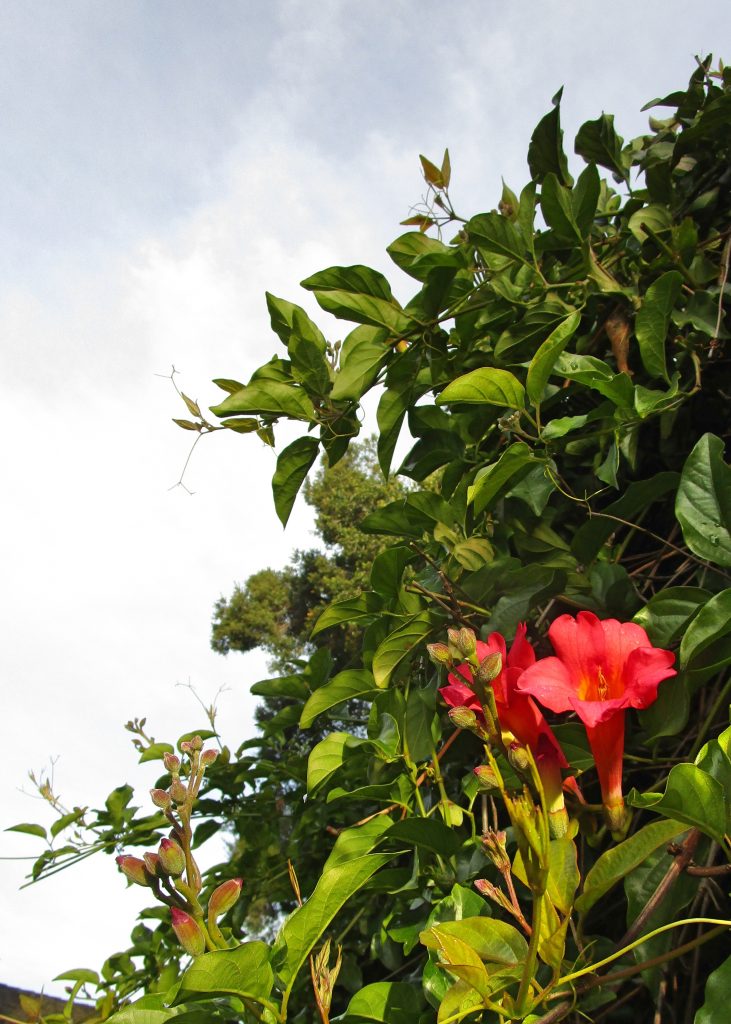
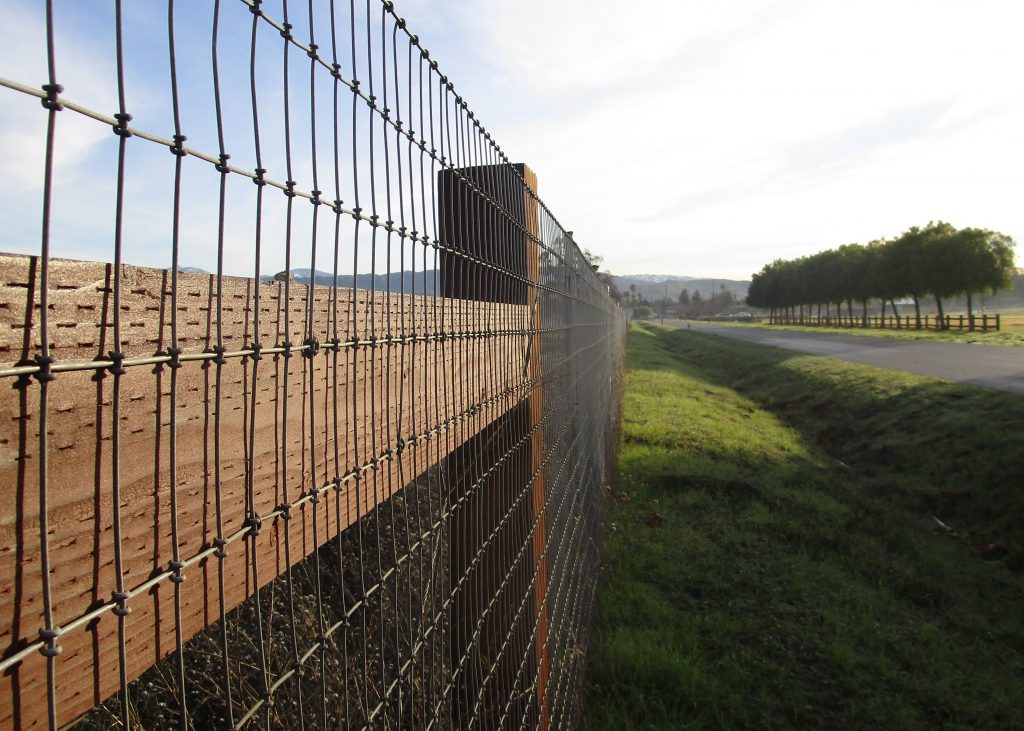
San Jose is tied for the second oldest incorporated city in what is now the state of California. Soon after becoming an independent territory from Mexico and while applying for statehood, Sacramento incorporated first on 2/27/1850 as a city of California. Second to incorporate were three cities: San Jose, San Diego, and Benicia on 3/27/1850. California officially became the 31st state of the United States of America soon afterwards on 9/9/1850.
Sources:
1) Clyde Arbuckle’s history of San José, book by Clyde Arbuckle, 1986, page 26.
2) https://localwiki.org/sac/History , 2019.
3) https://www.parks.ca.gov/?page_id=23856 , 2019.